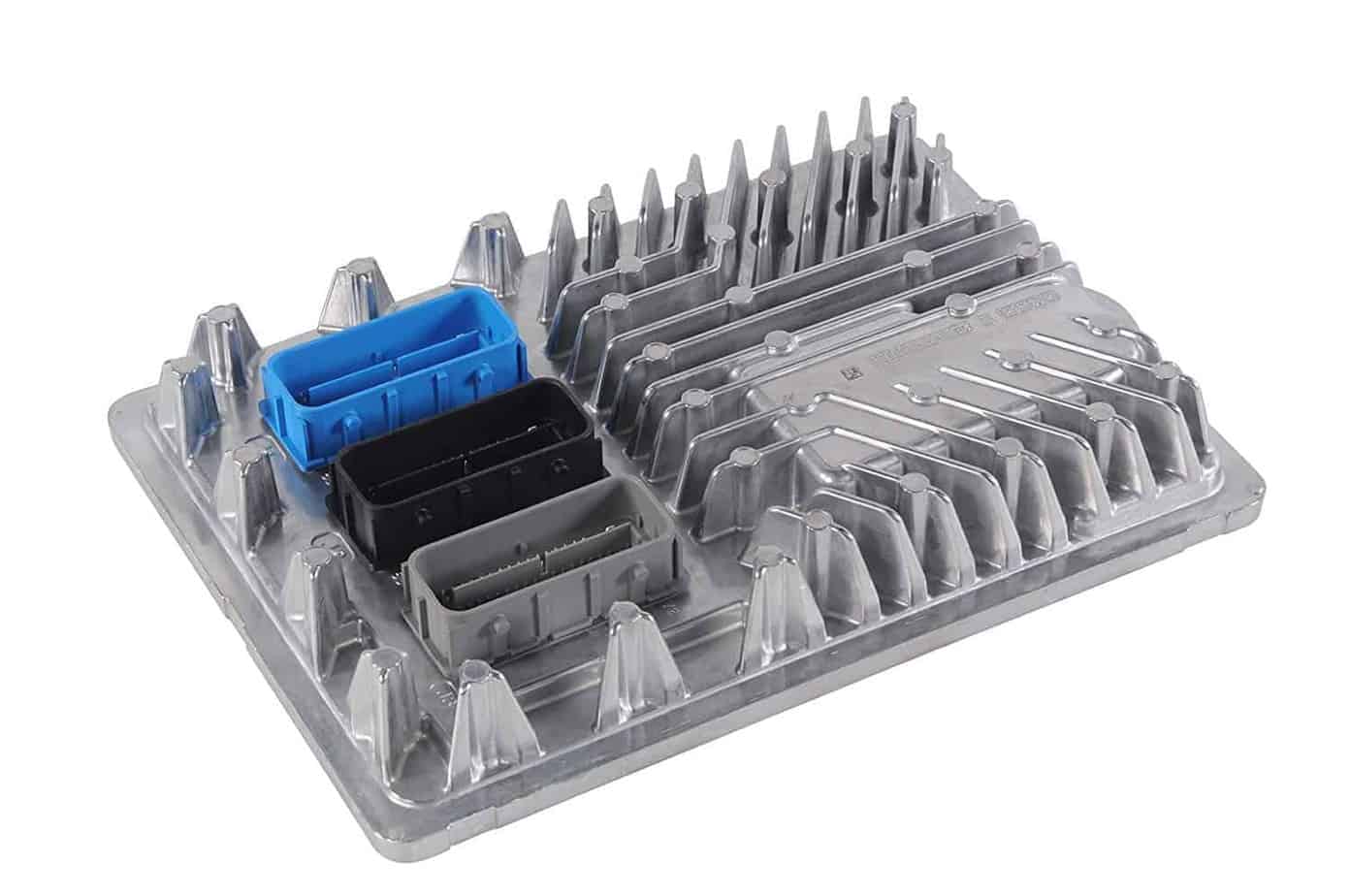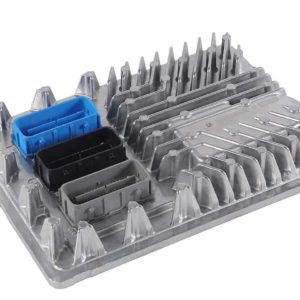Is Your GM Vehicle Suffering from Erratic Behavior or a No-Start Condition?
As the central command center for your engine, a failing Engine Control Module (ECM) can cause a cascade of frustrating and complex issues. If your Corvette, Silverado, or other compatible GM vehicle is experiencing problems like stalling, poor fuel economy, a persistent Check Engine Light, or complete failure to start, the ECM is a primary suspect. In my 20+ years as a diagnostic technician, I’ve seen how a faulty module can mimic dozens of other problems, leading to wasted time and money on incorrect repairs. This isn’t just a part; it’s the brain of your vehicle’s powertrain.
The Direct Solution: A VIN-Programmed ECM
This ECM, part number 12704475, is the definitive solution. We take the guesswork and dealer hassle out of the equation. Before we ship, our experts program the module with the latest official GM software calibrations, specifically matched to your vehicle’s unique VIN. This ensures that when you receive it, the foundational software is 100% correct for your engine and emissions systems. It’s a direct replacement for multiple service numbers, including 12692069, 12680656, 12686383, and 12688528.
“A customer’s 2018 Silverado 1500 came in last week with a no-start and a dozen communication codes. The previous shop had replaced two sensors and was about to condemn the wiring harness. My first check was the 5-volt reference circuit from the ECM. I found it was shorted internally within the module itself, a common failure point. After installing a properly programmed ECM like this one and performing the security relearn, the truck fired right up and all codes were cleared. Always confirm the root cause before replacing an ECM to avoid damaging the new unit.”
Diagnosing a Faulty 2018-2019 Corvette ECM
A failing ECM can manifest in numerous ways. Look out for these common symptoms that point towards a necessary replacement:
- ✔ Complete No-Start: The engine cranks but will not fire because the ECM isn’t commanding fuel or spark.
- ✔ Check Engine Light (CEL): Often accompanied by U-codes (communication loss) or P-codes related to processor performance.
- ✔ Poor Engine Performance: Noticeable loss of power, hesitation, or rough idling as the ECM fails to manage the engine correctly.
- ✔ Intermittent Stalling: The vehicle may run fine for a while and then suddenly shut off without warning.
- ✔ Communication Failure: Your diagnostic scan tool is unable to connect with the engine control module.
Critical Installation & Relearn Information
Replacing an ECM on these modern GM vehicles is more than a simple swap. While our VIN programming handles the core software, your vehicle’s security system must accept the new module. This is a mandatory step.
- Safety First: Always disconnect the negative battery terminal before starting any work on the vehicle’s electrical system.
- Locate and Replace: The ECM’s location varies. On a Corvette, it’s typically on the right-hand side under the cowl. On trucks and SUVs like the Tahoe or Sierra, it’s in the left-front of the engine bay. Carefully disconnect the wiring harnesses and remove the old module, then install the new one.
- Reconnect Power: Securely re-attach the negative battery terminal.
- Perform Security Relearn (Mandatory): If the vehicle does not start, you MUST perform a Vehicle Theft Deterrent (VTD) relearn. This procedure requires a professional-grade tool with access to GM’s Tis2web or Techline Connect software. This is the responsibility of the installer.
- Additional Setups: Depending on your vehicle, other procedures like a Crankshaft Position Variation Relearn or injector flow rate programming may be required to achieve optimal performance.
By purchasing this part, you are acknowledging that these post-installation procedures are necessary and are the responsibility of the end-user or their designated technician.


